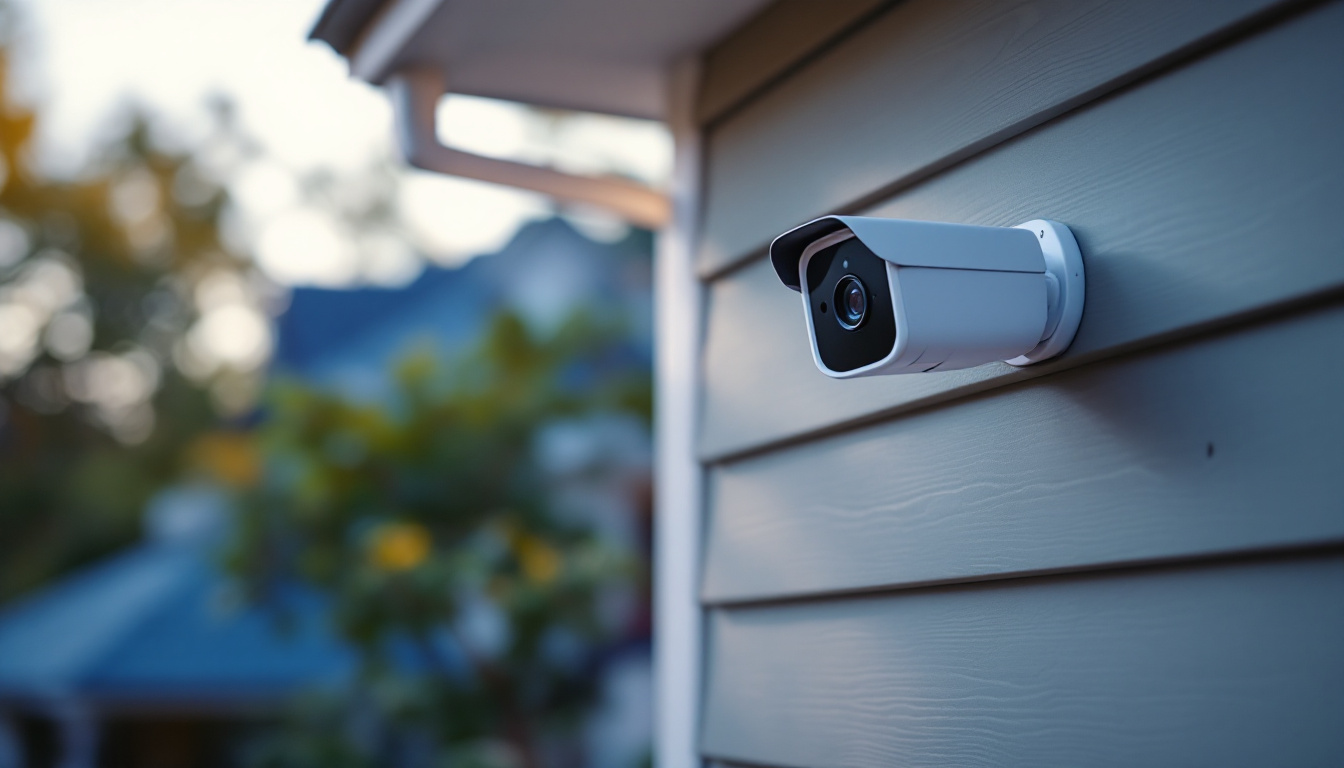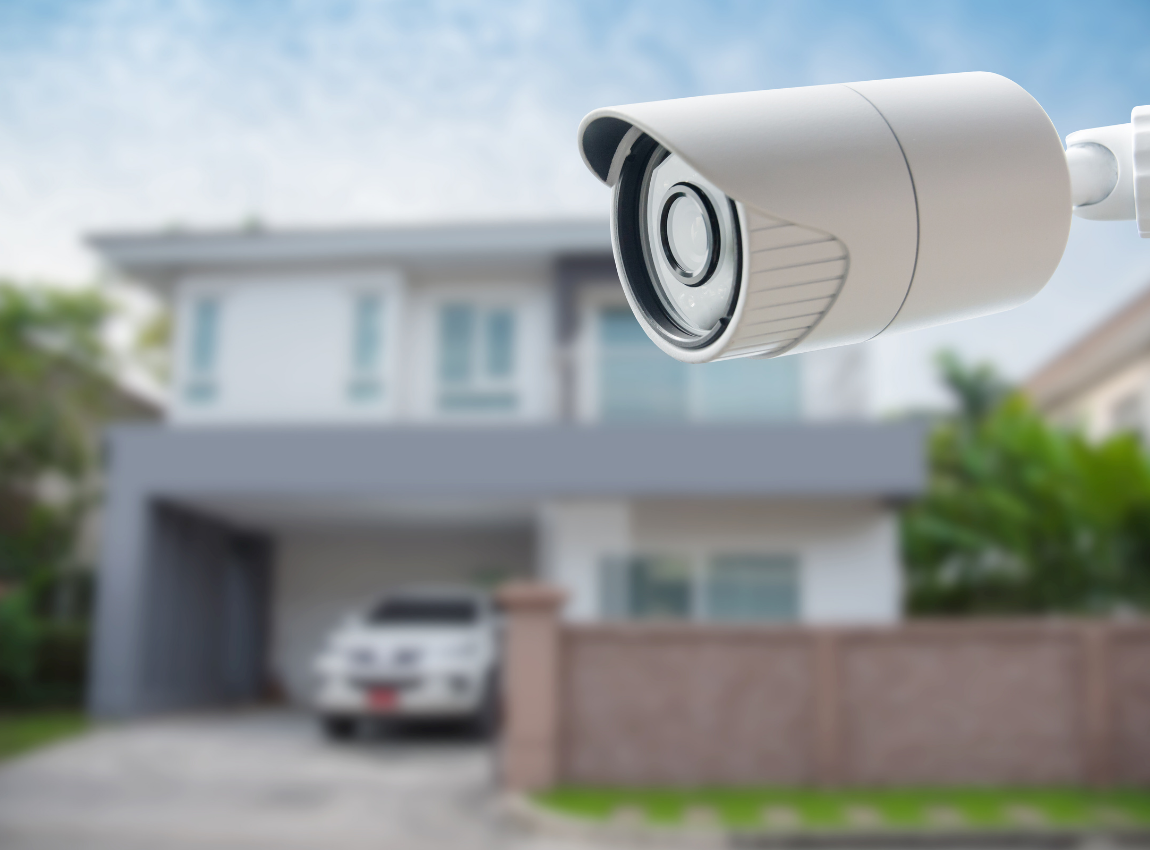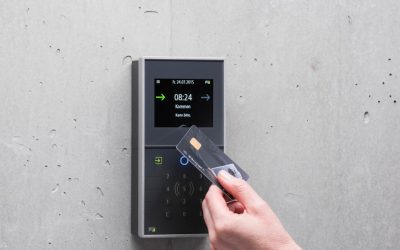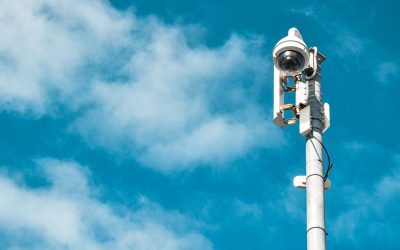In an age where home security is paramount, finding an affordable home security system and strategically positioning security cameras can significantly enhance the safety of your property. Properly placed cameras not only deter potential intruders but also provide crucial evidence in the event of a security breach. This article delves into the essential factors to consider when positioning your home security cameras.
Understanding Home Security Systems
What is a Home Security System and How Does It Work?
A home security system is a network of devices and sensors designed to protect your home and family from potential threats. These systems typically include door and window sensors, motion detectors, security cameras, and alarm systems, all connected to a central hub or control panel. When a sensor or camera detects suspicious activity, it sends a signal to the control panel, which then alerts you and/or a professional monitoring service.
Home security systems can be either wired or wireless. Wireless systems are often easier to install and can be more flexible in terms of placement. Many modern systems are also smart, meaning they can be controlled and monitored remotely through a mobile app. This allows you to keep an eye on your home from anywhere, providing peace of mind whether you’re at work or on vacation.
Smart home security systems can integrate with other smart home devices, such as lights, thermostats, and smart locks, to create a comprehensive security solution. For example, you can set your lights to turn on automatically when motion is detected, or lock your doors remotely if you forget to do so before leaving the house.
When choosing a home security system, it’s essential to consider your specific needs and budget. Do you prefer a DIY system or professional installation? Do you need both indoor and outdoor cameras, or just one or the other? Would you like professional monitoring, or do you prefer to self-monitor? Answering these questions will help you find the best home security system for your home and family.
Understanding the Purpose of Your Home Security Cameras
Before installing security cameras, it is vital to understand their intended purpose. Different areas of your property may require different types of surveillance.
In addition to cameras, an alarm system can provide an extra layer of security by alerting you and authorities to any unauthorized entry.
Identifying Vulnerable Areas
Start by assessing your home for vulnerable points. Entryways such as doors and windows are prime targets for intruders. Positioning cameras to cover these areas can deter break-ins and provide clear footage if an incident occurs. In addition to cameras, installing glass break sensors in these vulnerable areas can enhance security by detecting the sound of breaking glass and triggering an alarm.
Additionally, consider less obvious areas such as garages, basements, and side entrances. These spots often go unnoticed but can be exploited by burglars. Ensuring that these areas are monitored can significantly enhance your overall security. For instance, a garage that is not regularly used may be an easy access point for thieves, especially if it contains valuable tools or equipment. By installing a camera in this location, you not only protect your possessions but also create a psychological barrier against potential intruders who may be deterred by the presence of surveillance.
Determining Camera Types
Different types of cameras serve various functions. For instance, outdoor cameras are typically weatherproof and equipped with night vision, while indoor cameras may focus more on detail and clarity. Understanding the specific needs of each area will guide you in selecting the right camera type for optimal coverage.
A smart security system can integrate these cameras with other smart devices, allowing for seamless control and monitoring through a single app.
Moreover, consider the use of motion sensors or smart technology that can alert you to any suspicious activity. These features can be particularly useful for high-risk areas. Advanced models may even offer facial recognition capabilities or the ability to differentiate between people and pets, ensuring that you receive notifications only when necessary. This not only enhances security but also reduces the likelihood of false alarms, allowing you to focus on genuine threats. Furthermore, integrating your camera system with a home automation setup can provide seamless control and monitoring from your smartphone, giving you peace of mind whether you’re at home or away.
Choosing the Best Home Security Cameras
Factors to Consider When Choosing a Home Security Camera
Selecting the right home security camera is crucial for ensuring the safety of your property. Here are some key factors to consider:
- Resolution: High-resolution cameras (at least 1080p) provide clear and detailed video, making it easier to identify faces and other important details.
- Field of View: A wide-angle lens (at least 90 degrees) allows the camera to capture more of your home’s surroundings, reducing blind spots.
- Night Vision: If you need to monitor your property at night, look for cameras with infrared or night vision capabilities to ensure clear footage in low-light conditions.
- Weather Resistance: For outdoor cameras, it’s essential to choose models that are weather-resistant and can withstand extreme temperatures and weather conditions.
- Motion Detection: Cameras with motion detection can alert you to potential threats, allowing you to respond quickly to any suspicious activity.
- Cloud Storage: Opt for cameras with cloud storage options to store footage remotely and access it from anywhere, ensuring that important video is not lost.
- Smart Home Integration: If you have other smart home devices, consider cameras that integrate with them to create a comprehensive smart home security system.
Popular home security camera brands include Ring, Google, and eufy. When choosing a brand, consider factors such as customer support, warranty, and overall reputation to ensure you’re getting a reliable product.
Optimal Camera Placement Strategies
Once the purpose and type of cameras are established, the next step is to determine the best placement. This involves considering both visibility and coverage. Including a video doorbell at your front entrance can provide real-time monitoring and communication with visitors, enhancing your overall security strategy.
Height and Angle of Installation
Installing cameras at an appropriate height is crucial. Ideally, cameras should be placed between 8 to 10 feet off the ground. This height allows for a clear view while making it difficult for potential intruders to tamper with the equipment. Consulting with a professional from an ADT Security System can provide expert advice on the optimal height and angle for your cameras.
Additionally, the angle of the camera is equally important. A downward angle can capture facial features and other identifying details, while a horizontal angle may cover a wider area. Adjusting the tilt and pan of the camera can ensure that critical zones are monitored effectively.
Field of View Considerations
Each camera has a specific field of view, which determines how much area it can cover. It is essential to position cameras in a manner that maximises their field of view while minimising blind spots. Overlapping fields of view can also be beneficial, providing additional coverage and redundancy.
For instance, placing two cameras at different angles to cover the same area can ensure that if one camera fails or is obstructed, the other continues to provide surveillance.

Installation and Placement
DIY Installation vs. Professional Installation
When it comes to installing your home security system, you have two main options: DIY installation or professional installation.
DIY Installation: DIY installation is a cost-effective option that allows you to set up your security system yourself. Many modern systems are designed for easy installation, with wireless sensors and cameras that can be placed anywhere in your home. However, DIY installation may require some technical expertise, and you may need to troubleshoot any issues on your own.
Professional Installation: Professional installation offers a more comprehensive and customized experience. A professional installer will assess your home’s security needs and install the system accordingly. This option is more expensive than DIY installation but provides the benefit of expert installation and ongoing support.
When deciding between DIY and professional installation, consider your technical expertise, budget, and overall security needs. If you’re not comfortable with DIY installation or want a more comprehensive security system, professional installation may be the better option.
Specific Areas to Monitor
Different areas around your home require specific attention when positioning security cameras. Understanding these areas can help in creating a comprehensive security system. Installing a smart lock on your front and back doors can further enhance security by allowing you to control access remotely.
Entry Points
Entry points are the most crucial areas to monitor. Front and back doors should be equipped with cameras that capture clear images of anyone approaching. It is advisable to position these cameras so that they capture both the face and the surroundings of individuals entering your property.
Additionally, consider installing cameras at ground-level windows, especially those that are not visible from the street. These are often overlooked by homeowners but can be vulnerable to break-ins.
Driveways and garages are often the first points of contact for intruders. Cameras should be positioned to capture the entire length of the driveway, ensuring that any vehicles entering or exiting are recorded. This can also be beneficial for monitoring deliveries or visitors.For garages, ensure that cameras are positioned to capture the entrance and any side doors. This can provide additional security for vehicles parked inside and any valuable items stored within the garage.
Lighting and Environmental Factors
The effectiveness of security cameras can be significantly influenced by lighting conditions and environmental factors. Understanding these elements is crucial for optimal camera performance. The best home security systems are designed to perform well under various lighting and environmental conditions, ensuring reliable surveillance at all times.
Utilising Natural and Artificial Light
Cameras should be placed in well-lit areas to enhance image quality. However, be mindful of direct sunlight, which can cause glare and obscure footage. Positioning cameras to avoid direct light while still benefiting from ambient illumination can improve visibility.
In areas with low light, consider cameras equipped with night vision capabilities. These cameras can capture clear images even in complete darkness, providing around-the-clock surveillance.
Weather Considerations
Outdoor cameras must be weatherproof to withstand various environmental conditions. Ensure that the cameras are rated for outdoor use and are installed in locations that minimise exposure to extreme weather, such as heavy rain or snow.
Additionally, consider the potential for obstructions caused by foliage or other structures. Regular maintenance, such as trimming trees or bushes, can help maintain the effectiveness of your cameras.
Testing and Adjusting Your Setup After Professional Installation
After installation, it is essential to test the camera setup to ensure optimal performance. This involves checking the clarity of the footage and the effectiveness of the camera angles. Regularly checking and adjusting your video doorbells can ensure they are capturing clear footage and functioning correctly.
Conducting Regular Checks
Regularly reviewing footage can help identify any blind spots or areas that require adjustment. This is particularly important after any significant changes to the environment, such as new landscaping or construction.
Moreover, ensure that the cameras are functioning correctly and that the recording system is operational. Regular maintenance checks can prevent issues before they arise, ensuring continuous security coverage.
Adjusting Based on Feedback
Feedback from family members or neighbours can provide valuable insights into the effectiveness of the camera placement. If certain areas feel less secure or if there are blind spots, adjustments can be made accordingly.
Being proactive in assessing and adjusting your security camera setup can significantly enhance the overall safety of your home.
Positioning home security cameras requires careful consideration of various factors, from understanding their purpose to selecting optimal locations. By following the guidelines outlined in this article, homeowners can create a robust security system that effectively deters intruders and provides peace of mind.
Ultimately, the goal is to ensure that every corner of your property is monitored, providing a safe environment for you and your loved ones. Regular assessments and adjustments will further enhance the effectiveness of your security measures, making your home a fortress against potential threats.










